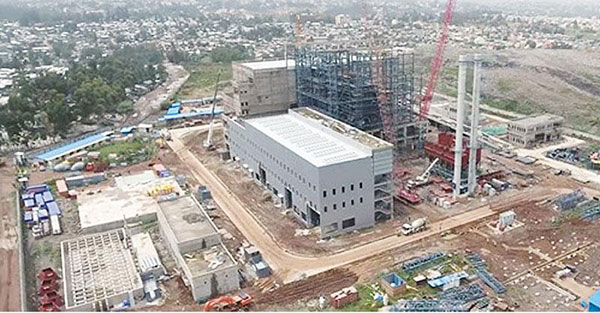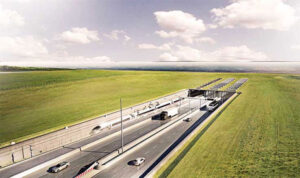
A decade ago, Ethiopia was a land of mourning for famine-stricken people. They had no clean drinking water. Not enough food. Ethiopia was a nuisance to its neighbors as thousands of people crossed the border into neighboring countries seeking only food. Ethiopia was also among the mourning countries on the dark African continent.
Some years passed by then. People who love Ethiopia joined the rule of the country. Now, Ethiopia is no longer a land of famine. Instead, Ethiopia is going strong enough to pose a challenge to European countries as well. Ethiopia recently opened its first waste power station in the country.
Garbage is now considered the world’s best source of energy. There are several reasons. Waste management is a problem in many countries and garbage mountains are creating additional environmental problems. The environmental damage caused by many sources of energy is enormous. The majority of them are capable of global warming. But garbage can answer all this.
Ethiopia is a country that has faced many problems due to garbage over the years. For over 50 years, the country’s garbage dump, especially in urban areas, has been dumped in the capital Addis Ababa. The garbage has grown so large that it has been proven to be as large as 36 football fields. As a result, the problems facing Ethiopia are so great. The best example of this is the 114 deaths that occurred in the area in 2017. On March 12 of that year, a large area of this garbage dump fell into a landslide. The result was the death of 114 people living in homes below the garbage can. This incident prompted the Ethiopian authorities to rethink the mountain of garbage. And Ethiopia had a group of leaders who could do the same.
These are just a few European countries that turn waste into energy. Ethiopia has secured their technical support and has provided the capital and advice for the company, with Cambridge Industries Company of Singapore, the National Electric Engineering Company of China and the Danish Engineering Company. Accordingly, a power plant has been established in the vicinity of the garbage mountain.
The first incinerator at the plant is the burning of garbage. The heat generated by that combustion is used to heat the water. The steam generated by the heating water is used to rotate an energy-generating turbine, which generates electricity. The estimated cost of the project is 1400 tons per day. The power plant will supply 30 percent of the total electricity needs of the Ethiopian population. Moreover, Ethiopia has also solved the problem of waste management and disposal, as it can make maximum use of 80 per cent of the garbage collected per year.
Waste energy is the answer to many of the problems facing the earth right now. Irregular disposal of garbage can prevent the contamination of internal water sources. Disposal of garbage into the ocean can also be prevented. Accordingly, Ethiopia has embarked on a positive energy generation initiative that all countries in the world should adopt. This power system is currently being used by several European countries. France is in the forefront of this, with 126 waste generating power plants installed throughout France. Germany has also built 121 power stations.
Ethiopia is a country that has been plagued by many problems. It should be appreciated by us as human beings because they have suffered so much.
It is clear that the future of Ethiopia is progressing not only through waste management but also political and economic stability. Ethiopia’s current prime minister Abi Ahmad deserves praise for the country’s patriarchs.






